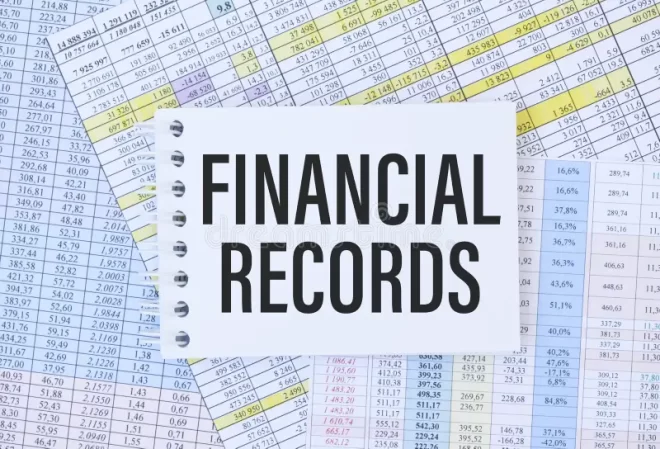 Financial Reports
Financial Reports
Businesses and organizations typically prepare various financial reports to assess their financial performance, communicate financial information to stakeholders, and support decision-making.
Some common types of financial reports include:
1. Income Statement (Profit and Loss Statement):
This report summarizes the revenues, expenses, and resulting net income or net loss over a specific period. It provides an overview of the organization’s profitability by detailing the sources of revenue and the costs incurred in generating that revenue.
2. Balance Sheet:
The balance sheet show the organization’s financial position at a specific point in time. It lists the company’s assets (such as cash, inventory, property, and equipment), liabilities (such as loans, accounts payable), and shareholders’ equity. The balance sheet reflects the organization’s resources, debts, and ownership structure.
3. Cash Flow Statement:
This report provides information about the organization’s cash inflows and outflows during a specific period. It categorizes cash flows into operating activities (such as sales, expenses), investing activities (such as asset purchases, investments), and financing activities (such as loans, equity issuance). The cash flow statement shows how changes in the balance sheet accounts affect the organization’s cash position.
4.Statement of Changes in Equity (Shareholders’ Equity Statement):
This report outlines the changes in shareholders’ equity over a specific period. It includes details on equity transactions, such as capital contributions, dividends, and retained earnings. The statement of changes in equity helps track how the organization’s equity position evolves over time.
5.Financial Ratios and Metrics:
In addition to the standard financial statements, businesses may calculate and report various financial ratios and metrics. These include profitability ratios (such as gross profit margin, net profit margin), liquidity ratios (such as current ratio, quick ratio), solvency ratios (such as debt-to-equity ratio), and efficiency ratios (such as inventory turnover, accounts receivable turnover). These ratios provide insights into the organization’s financial health, performance, and efficiency.
6.Financial Forecasts and Budgets:
Businesses often prepare financial forecasts and budgets to project future financial performance and set financial targets. These reports estimate revenue, expenses, and cash flows over a specified period, aiding in planning, resource allocation, and performance evaluation.
7.Management Reports:
Management reports are custom reports generated for internal use by the organization’s management team. These reports may include key performance indicators (KPIs), variance analysis, and other financial insights specific to the organization’s objectives and strategic initiatives.
8.Auditor’s Reports:
External auditors prepare reports on the organization’s financial statements, providing an independent assessment of their accuracy and compliance with accounting standards. Auditor’s reports offer assurance to stakeholders about the reliability of the financial information presented.
The specific financial report prepared by a business or organization may vary depending on factors such as industry, regulatory requirements, and internal reporting needs. The purpose of these reports is to provide a comprehensive view of the organization’s financial performance, position, and cash flows, facilitating informed decision-making and ensuring transparency for stakeholders.
To visit: https://www.incometax.gov.in
FAQs
1.What is a financial report?
- A financial report is a document that summarizes a company’s financial performance and position over a specific period.
2. What is an Income Statement?
- An Income Statement shows a company’s revenue, expenses, and profit or loss over a specific period.
3. What is a Balance Sheet?
- A Balance Sheet provides a snapshot of a company’s assets, liabilities, and equity at a specific point in time.
4. What is a Cash Flow Statement?
- A Cash Flow Statement tracks the flow of cash in and out of a business, showing how well the company generates cash to pay its obligations.
5. What is a Statement of Retained Earnings?
- A Statement of Retained Earnings shows how much profit a company has retained or reinvested after paying dividends to shareholders.
6. What is a Budget Report?
- A Budget Report compares actual financial performance with the company’s planned financial goals.
7. What is a Financial Forecast?
- A Financial Forecast is a prediction of future financial outcomes based on past performance, trends, and management’s expectations.
8. What is a Tax Report?
- A Tax Report details a company’s tax obligations and payments to comply with government regulations.
9. What is a Variance Report?
- A Variance Report compares budgeted financial data to actual results, highlighting differences or variances.
10. What is a Profit and Loss Statement?
- A Profit and Loss Statement (P&L) is another name for the Income Statement, detailing revenue, expenses, and net income over a period.

For further details access our website https://vibrantfinserv.com
